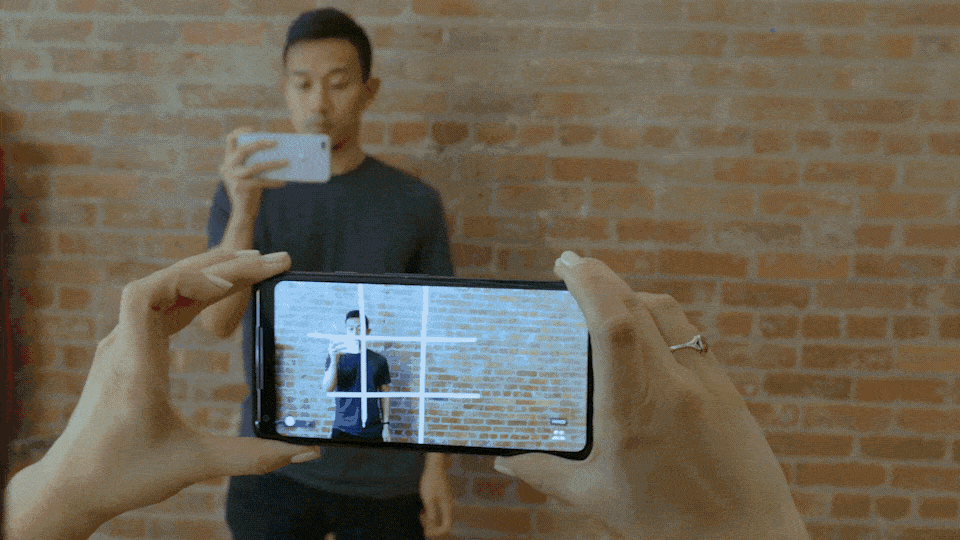May 10, 2018
Google I/O - AR Core Improvements
The big announcement that we are excited about is the Cloud Anchor Capability. Now we can share digital/augmented workspaces with others. Essentially this paves the way for shared AR experiences. You can tag items in your surroundings sharing these tags with friends and thanks to this new ability you will be able to redecorate your home together, explore an augmented museum together or even play tic-tac-toe.

Vertical Plane Detection is something we have been looking forward to within Android phones, as it has already been present within ARKit (Apple) since January. Googles answer to wall detection hopes to push forward Android AR development and bringing it in line with Apple, allowing us to build more flexible applications that can take advantage of both sets of hardware.
Previously, digital objects could only be placed on flat surfaces, such as tables and floors, but with vertical plane detection its expands this functionality and objects can now be placed almost anywhere. Now that wall detection is in place, it’s a good chance we will see great improvements to ARCore’s tracking ability.
And whilst not a big announcement for the wider public, the SDK improvements are welcomed by developers like us, as they will help streamline our workflow.
Microsoft Build
With Microsoft’s 2018 Build conference came the announcement of two new tools to offer more crossover and collaboration with their Mixed Reality platform. Microsoft Remote Assist, and Microsoft Layout.
We’ve discussed remote assistance in a previous blog that you can read here . But Microsoft Remote Assist puts it in action. Granted the demo video is a bit cheesy, but it highlights an incredibly valid situation where in the real world, it would save hours of time and money. Erasing the need for costly travel and allowing the expert to annotate in the workers field of view, and describe instructions for maintenance and repair.
In the Microsoft Layout demo, we are shown a user creating a layout for a factory floor using a mixed reality headset, they then move to Hololens to view the layout in the real context of the factory floor, allowing them to pick up on and rectify any potential issues or hazards. The idea behind this is relatively simple but when used in practice, this can speed up the planning process for an example like this as well as allowing for collaboration with other users.
F8/Oculus
F8, which is Facebook’s annual developer conference, came with some exciting Oculus news. Firstly, they announced and opened pre-orders for their new Oculus Go product. The Go is their standalone VR headset, no smartphone or PC required! It offers rotational tracking on the headset, as well as a rotationally tracked controller. It’s not quite up to the standard of desktop VR like the Oculus Rift and the HTC Vive, but starting at the low price of $199, it’s a cheap and easy way to get into VR.
This was the biggest announcement from F8 but there was other news in the realm of Oculus, with new headset prototypes, one of them having a 140 degree field of view, a great improvement on the current 110 degree offerings of the Rift. As well as this showcasing some futuristic hand tracking technology that would be used to replace the traditional controllers that we use currently.
As always If you have an idea you want created get in touch with us and we can bring it to life. Whether it’s a quick prototype, a full product or even just to brainstorm, our team will be here to help. From the beginnings of your prototype to the final product we can support you with professional advice and delivery.





